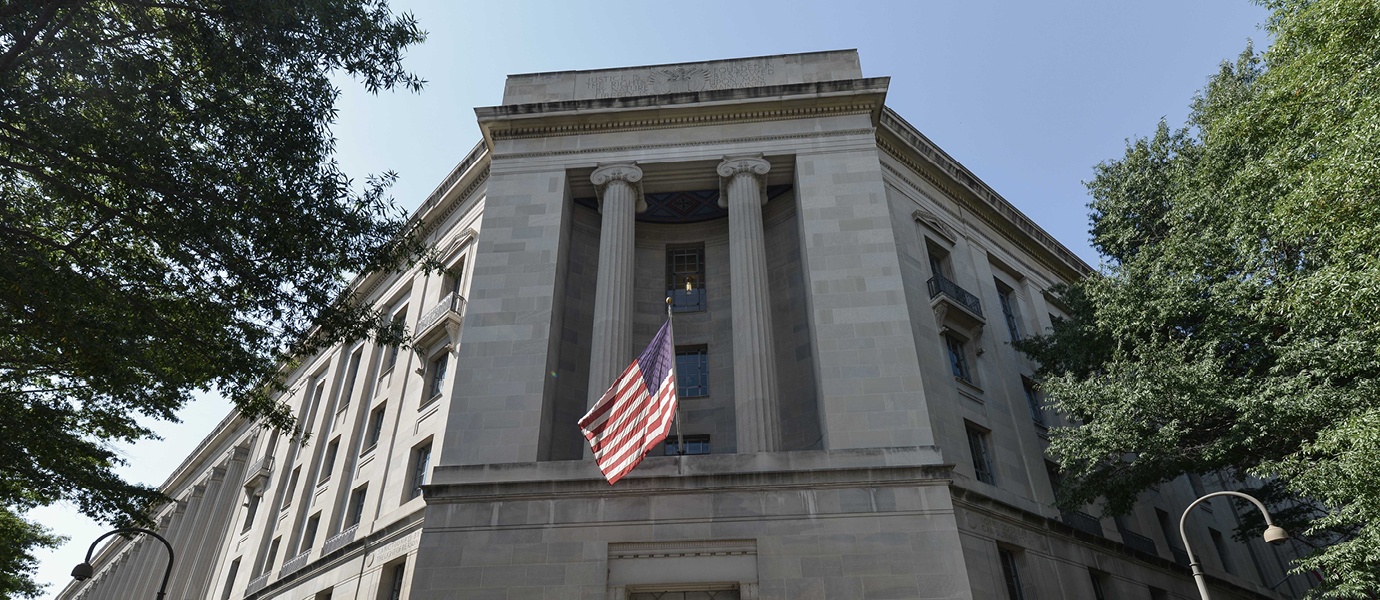Deeper Than the Headlines: Largest DOJ Takedown in History

compliance, compliance program, medicare, Medicaid, deeper than the headlines, healthcare fraud, compliance news, DOJ, Jeff Sessions, Medicare fraud
On July 13, 2017, the Department of Justice (DOJ) announced the largest healthcare fraud takedown in history. The coordinated Medicare Fraud Strike Force involved 412 defendants (across 41 federal districts), including 115 doctors, nurses and other licensed medical professionals for their alleged participation that involved approximately $1.3 billion in total false billings. Over 120 of the defendants were charged for allegedly prescribing and distributing opioids and other narcotics. All of this in the wake of the “opioid epidemic” which the CDC reports approximately 91 Americans die from every day.
The delivery of the news and those involved show these types of government enforcement actions are blind to political party or affiliation.Compare the opening line of the current press release to similar press releases of the recent past:
“Attorney General Jeff Sessions and Department of Health and Human Services (HHS) Secretary Tom Price, M.D., announced today the largest ever health care fraud enforcement action by the Medicare Fraud Strike Force…”
From June of 2015 under the Obama administration:
“Attorney General Loretta E. Lynch and Department of Health and Human Services (HHS) Secretary Sylvia Mathews Burwell announced today a nationwide sweep led by the Medicare Fraud Strike Force…This coordinated takedown is the largest in Strikeforce history, both in terms of the number of defendants charged and loss amount.”
The wave of healthcare fraud and abuse enforcement is not receding. Rather, it appears to be picking up momentum irrespective of who is in the White House. The DOJ shared the following statistics about the increase in the number of defendants charged (as well as the number of federal districts involved in the coordinated efforts) in national healthcare fraud takedowns:
If the statistics don’t prove the point, it appears the Attorney General’s remarks is intended to. In announcing the takedown, AG Sessions said, “Too many trusted medical professionals like doctors, nurses, and pharmacists have chosen to violate their oaths and put greed ahead of their patients…Amazingly, some have made their practices into multimillion dollar criminal enterprises. They seem oblivious to the disastrous consequences of their greed…While today is a historic day, the Department's work is not finished. In fact, it is just beginning.”
Looking towards the future, it appears additional enforcement is intended along with calls for the requisite financial resources to accomplish the work. HHS Secretary Price (who, by the way, is a physician) stated, “The United States is home to the world’s best medical professionals, but their ability to provide affordable, high-quality care to their patients is jeopardized every time a criminal commits healthcare fraud. That is why this Administration is committed to bringing these criminals to justice, as President Trump demonstrated in his 2017 budget request calling for a new $70 million investment in the Health Care Fraud and Abuse Control Program. The historic results of this year’s national takedown represent significant progress toward protecting the integrity and sustainability of Medicare and Medicaid, which we will continue to build upon in the years to come.”
The details about these different cases, indictments and circumstances associated with this announcement, will vary. For those of you who want even more details, the DOJ has published documents and resources related to the indictments, statistics and trends here.
For example, one of the documents is the previously sealed criminal indictment against an anesthesiologist who owned a hospice company in California where allegedly the discharge rate was 66%, this for hospice patients who supposedly had a terminal diagnosis in order to qualify for hospice in the first place. Because of enforcement actions which began in California, the physician surrendered his California medical license and was excluded from Medicare by the OIG. But according to the indictment, the physician also owned a hospice company in Las Vegas which continued to receive Medicare reimbursement even though he had been excluded from the program and these patients also did not qualify for hospice as they did not have a terminal diagnosis.
As usual, many, if not all of these alleged schemes probably could have been prevented if the organizations were willing to implement and follow through on the elements of an effective compliance program.

Questions or Comments?